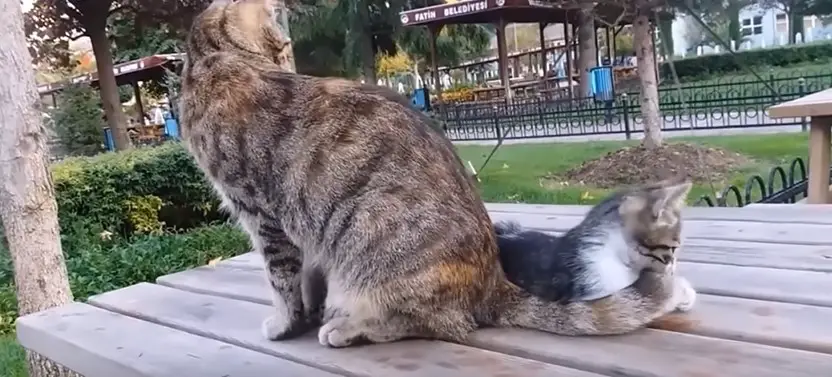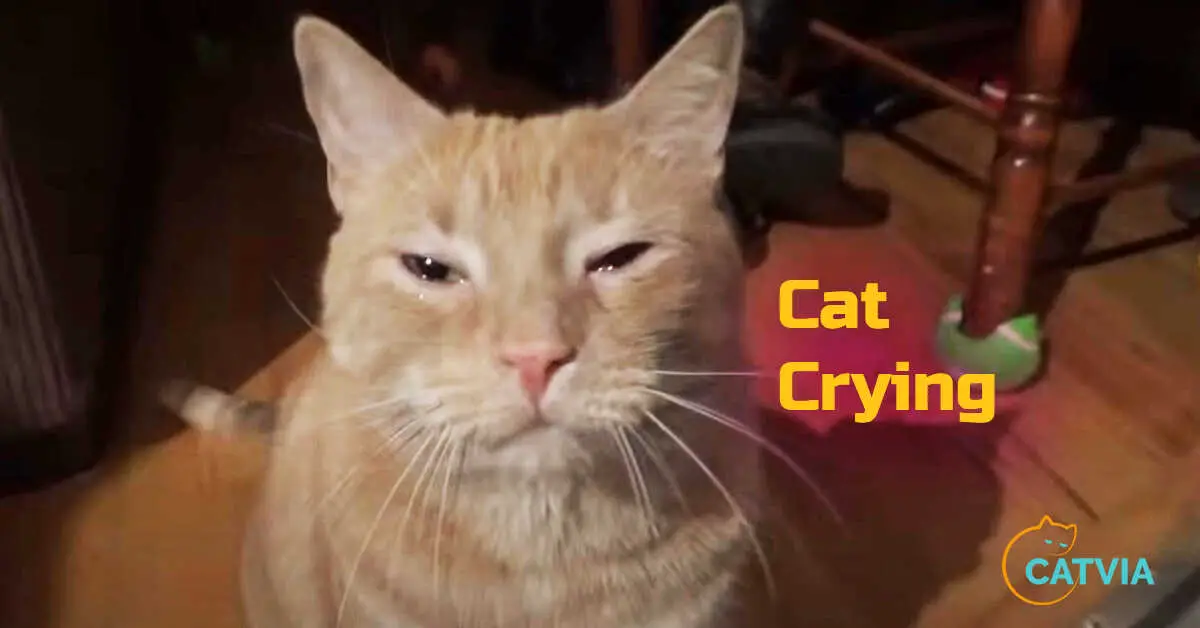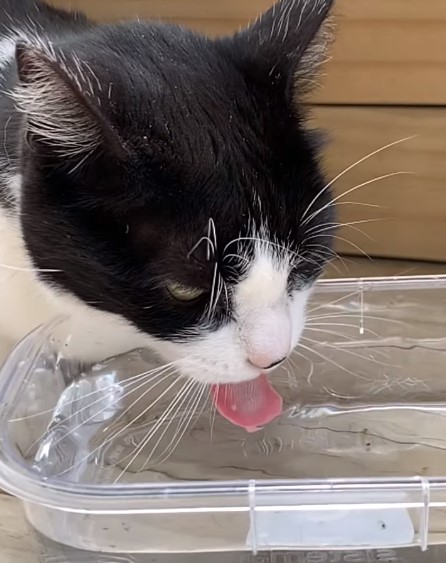Cats may chase their tails for play, exercise, or out of curiosity. It’s often a normal behavior, but excessive tail-chasing could indicate boredom or stress. If the behavior is persistent or accompanied by other concerning signs, consult with a vet to rule out any underlying issues.
Cats are natural hunters, and chasing their tails gives them a chance to practice their hunting skills. Additionally, some experts believe that chasing their tails gives cats a way to release excess energy.
Whatever the reason, if your cat is healthy and happy, chasing its tail is harmless behavior.

Why do cats chase their tails?
There are a few reasons your cat may be chasing its own tail.
- One reason could be that your cat is trying to play with itself since it doesn’t have another cat or animal to play with. This is especially true if you live in a home with only one cat. If this is the case, try getting your kitty some new toys to keep them entertained so they don’t have to resort to chasing their own tail!
- One possibility is that your cat is trying to catch and eat a flea. Fleas are tiny insects that bite animals and humans, and can be very irritating. If your cat has been scratching itself a lot lately, it may have a flea problem.
- Another possibility is that your cat is bored and needs more stimulation. Cats are naturally curious creatures, and if they don’t have enough to do, they may start chasing their tails out of boredom.
- Some medical conditions can cause cats to chase their tails, such as neurological problems or obsessive-compulsive disorder (OCD). If your cat seems fixated on chasing its tail and nothing else seems to be wrong, it’s best to take it to the vet for a checkup just to be sure.
- Another possibility is that your cat is bored and looking for something to do.
- This could also be a sign of affection from your cat. If you’re not sure which reason it is, try spending more time with your cat and observing its body language.
- Some cats may chase their tails simply because they enjoy it!
If your kitty seems happy and healthy otherwise, there’s no need to worry about this behavior. Just sit back and enjoy watching your furry friend have fun!
Also Read: What Happens If You Pull a Cat’s Tail?
Do Cats Know Their Tail is Theirs
New research suggests that cats are actually aware that their tails are part of their own bodies. In a study published in the journal Animal Cognition, Japanese researchers found that when cats were shown pictures of their tails, they responded with more brain activity than when they saw pictures of other objects.
This suggests that cats have a mental representation of their tails, and know that they belong to them.
So the next time you see your cat chasing its tail, don’t worry – they know what they’re doing!
Is There Anything I Can Do to Stop My Cat from Chasing Its Tail
Yes, there are a few things you can do to stop your cat from chasing its tail.
One is to provide your cat with plenty of toys and playtime so it doesn’t get boring and start chasing its tail out of boredom.
You can also try training your cat with positive reinforcement – rewarding it when it does something you want it to do, like not chasing its tail.
Also, make sure your cat is getting enough exercise – a tired cat is less likely to chase its tail.
His professional interests include humane education, ethics, small animal behavior, and veterinary. As a pet lover from school life, having grown up with two cats and a dog. If he isn’t spending time with his friends and family, Justin enjoys traveling. Learn more about Justin here.


